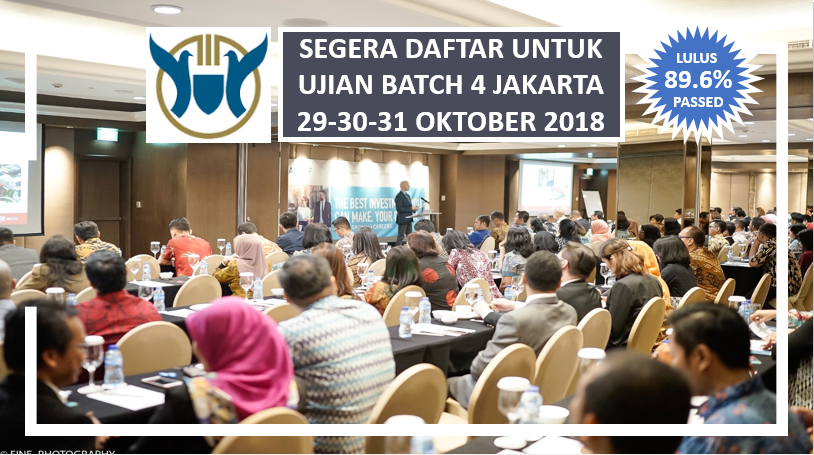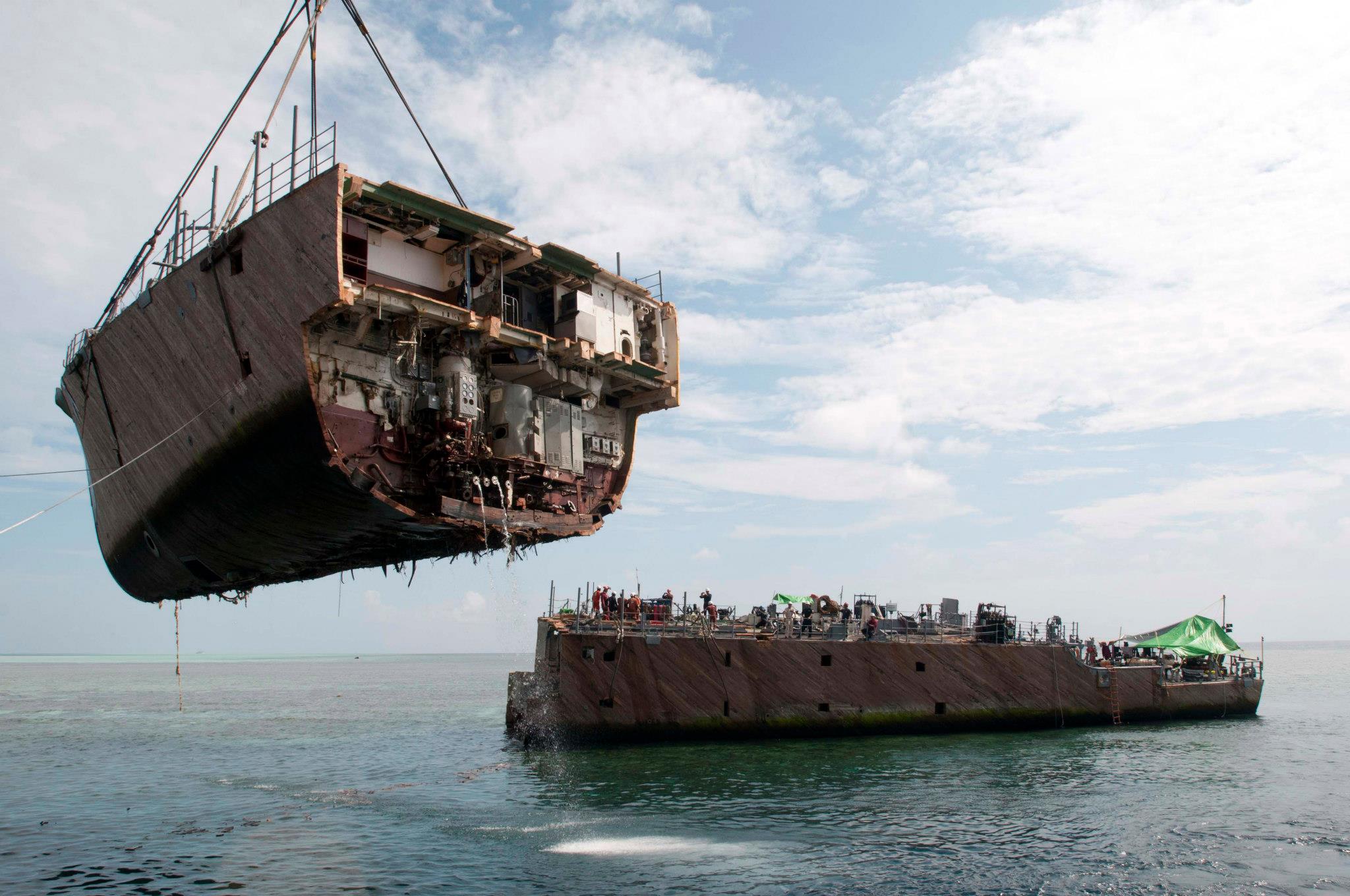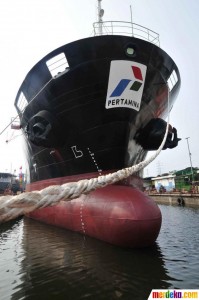Fixed and Floating Objects (FFO)
- Wednesday, June 2, 2010, 22:17
- Hull & Machinery, Protection & Indemnity (P&I)
- Add a comment
Under the Rules of the Club, cover of a vessel’s liabilities for loss of, damage to, or interference with rights in relation to any fixed or moveable property whether on or above, in or below land or water. Loss of or damage to other vessels, or cargo from or intended for the assured vessel is not covered under this section because cover is provided elsewhere in the Rules (refer to: Collision Liability). There is no requirement for the loss or damage to arise from physical contact or navigational manoeuvre, and the scope of the Rule is such that it extends to liabilities caused by a vessel in just about any conceivable circumstances.
The scope of the Club Rules is clearly very wide ranging. Amongst the most common types of claim covered are liabilities following a vessel’s contact with shore installations such as docks and piers or with floating installations such as single point mooring buoys [SBMs]. However, physical contact is not always involved. Damage to any property wherever situated may be covered subject to the listed exclusions.
Most FFO claims occur whilst entering or leaving port or whilst berthing, at which time there is nearly always a pilot on board. However in most countries the pilot’s authority does not supersede that of the master. Irrespective of whether pilotage is compulsory or voluntary the master remains in overall control of the vessel and the pilot is a servant of the vessel owner. This being the case, the owner of the vessel remains vicariously liable for any claim by a third party resulting from the negligence of either the pilot or the master.
Any incident should be notified to the Club immediately and the circumstances of the case investigated as quickly as possible. This is because:
- not all jurisdictions place strict liability on the vessel;
- even in locations where strict liability applies, it is often subject to certain limited defences, for example Act of God, force majeure, or sole negligence of a third party;
- it may be possible to pursue a recourse action against another party, for example, the charterer, on the basis of a breach of a “safe port” warranty in the charter-party;
- it may be possible to pursue a recourse action against the pilot, although the liability of a pilot is frequently limited to a very small amount by local law and, in any event, pilots seldom have any substantial assets.
In the event of an FFO incident, the Club would normally instruct a surveyor, or in serious cases a civil engineer, to inspect the affected area. However, given that it may take some time for a surveyor to travel to the site, particularly in remote areas, it is important that a report is produced by a responsible ship’s officer as quickly as possible describing the extent and apparent age of the damage. This is necessary in order that damage caused at the time of the incident, being fresh, can be differentiated from any pre-existing damage. Photographs and videos can also be of great assistance in this regard.
In addition, notes that form the basis of factual reports should be prepared by the Master, duty officers, helmsman and any other material witnesses as soon as possible after the incident and before memories begin to fade. However, it should be borne in mind that any written evidence will be disclosable in the event of litigation and, therefore, any such notes should be objective, factual and should not contain any personal comment. [For more on this topic see the section on Documentary Evidence]
- the original working chart (from which nothing should be erased);
- deck and engine room movement books;
- rough and fair deck and engine-room log books;
- any navigational equipment logs;
- course recorder print-out;
- telegraph and engine data logger print-out;
- echo sounder print-out;
- photographs/video recordings of the damaged property (and the damage or lack of damage to the vessel);
- vessel turning circle and stopping distance data sheet;
- any reports produced by pilots, tugs or witnesses including the vessel’s crew and third parties.
Evidence
The following evidence should be retained on board the vessel in order to facilitate the handling of the claim:
- the exact date, time and location of the incident;
- details of the weather and tidal conditions;
- details of those on the bridge/in the engine-room/at mooring or anchor stations prior to/at the time of the incident;
- the identity of any pilots or tugs assisting the vessel at the time of the incident;
- the identity of any witnesses ashore or on other vessels;
- details of any manoeuvres which took place leading up to the incident;
- details of any communication between the vessel/pilot/tugs leading up to the incident;
- details of the vessel’s draughts;
- details of the vessel’s colour scheme so that paint marks on damaged property can be matched;
- details of the vessel’s condition immediately following the incident, with particular regard to the condition of cargo on board and leakage of oil.
The claimant will be under a general duty to mitigate his damage and, in most cases, will arrange for repair to his property before submitting a claim. However, it should be borne in mind that repairs using alternative construction methods and modern materials can often be much more cost effective than a simple replacement of the original materials. Claimants are often initially unwilling to consider anything other than an exact replacement based on the original design and it is therefore important, particularly in serious cases, to involve a surveyor or civil engineer at an early stage to ensure that all available repair options are explored.
Remember that the claimant is entitled to have his property returned to the same condition in which it was immediately prior to the incident. Accordingly, if substantial repairs or replacement of the damaged property are necessary, the question of depreciation may have to be considered to take into account that the claimant’s property may have been subject to improvement. In order that this can be considered, details of the property’s age, normal useful life and copies of maintenance records need to be obtained.
In addition to a claim in respect of the actual physical damage to the property, there may also be claims for consequential losses covering the period whilst the property is being repaired or replaced. Whilst a claim by the owner of the damaged property for loss of revenue is usually recoverable, in many jurisdictions a claim for consequential loss absent any physical damage to the property of the claimant is considered too remote. For instance, in the event of damage to a jetty putting it out of operation until repairs have been completed, whilst the jetty owner would be able to pursue a claim for the resultant loss of revenue, a claim by the owner of a vessel which was not damaged in the incident but whose operations were delayed due to the non-availability of the jetty would normally be considered unrecoverable.
In some jurisdictions, port authorities try to argue that the ship owner should himself undertake the repair of the damage caused by his vessel. Such demands should be strenuously resisted. Not only does such action pre-judge the question of liability and minimise the chances of negotiating a discount but also, by arranging the repairs, the ship owner lays himself open to the risk of negligent workmanship or even additional damage caused by his contractor. In the event it is not possible for the ship owner to avoid taking responsibility for effecting repairs, the Club will work with the Member and appointed experts to:
- agree the scope of such repairs with the claimant;
- obtain a number of independent quotations for the work;
- agree terms under which the contractor will only be paid when the work has been completed to the satisfaction of the claimant and a full release obtained;
- require an indemnity from the contractor for any claims which might arise during or as a result of the contractor’s repair operations;
- ensure that the contractor has sufficient insurance to cover such liabilities.
Copied from: http://www.simsl.com/fixed-and-floating-objects.html
About the Author
Write a Comment
Gravatars are small images that can show your personality. You can get your gravatar for free today!







